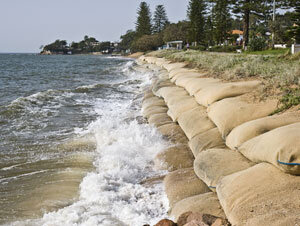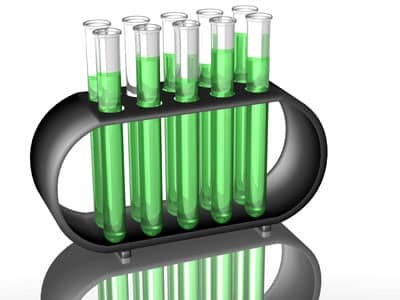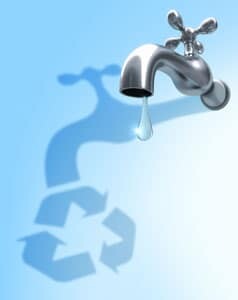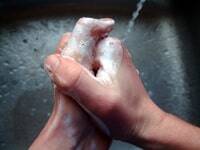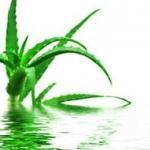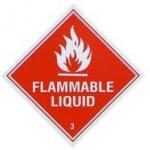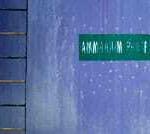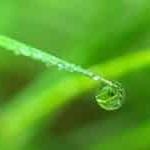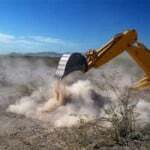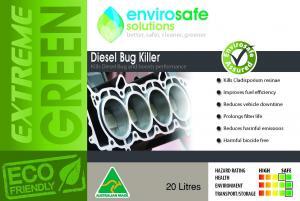Envirosafe Solutions takes a close look at the human refuse impact that extends beyond the planet. Yes…sadly it is true. We have even managed to pollute space with a vast array of objects and particles that are now orbiting the earth!
Humans have not only managed to pollute the earth. We have also successfully managed to rubbish space with a fair amount of debris and space junk. According to The Future of Things website, “The recent collision between a dysfunctional Russian satellite and an American communications satellite illuminates a growing danger that threatens those who dare to venture outside the boundaries of the atmosphere – namely space junk floating above the earth!”[1]
At present, it is estimated there is in the vicinity of over 500,000 pieces of space junk larger than one centimeter are circling the earth in different orbits at speeds ranging from between 20,000 and 30,000 km per hour. And millions more pieces smaller than this size and speeding at phenomenal speeds are also circling.
Neglect is at the centre of the problem. Over many decades, several thousand satellites and spacecraft have been launched with only a small portion of them landing back on Earth or being burned in the atmosphere. Most are in fact discarded and abandoned and are continuing to orbit. Space expeditions have also discarded and cast off equipment, refuse and objects. For example, “astronauts from the MIR space stations threw out over twenty massive garbage bags into space” during their missions, with little thought or concern for the long-term whereabouts or longevity of the space junk.[2] Other lost or discarded objects recorded as space junk even include a lost glove by astronaut Ed White, a camera from the Gemini 10 Mission, a wrench and a toothbrush discarded by Sunita Williams of the STS-116 mission as well as pliers, tool bags and other tools.[3] It’s all floating out there.
CanadianBusiness.com reports that “those pieces of space junk larger than a baseball are floating around the earth and threatening Canadian satellites that provide valuable information. The space junk has even left dents on the International Space Station.”[4] A recent international conference at the Canadian Space Agency focused on the increasing threat with NASA’s Nicholas Johnson (Chief Scientist for Orbital Debris) stating that some of the debris had been circling earth since the 1950’s and that with an increase in the garbage, comes an increased risk of high-velocity collisions which can destroy and damage satellites and spacecraft.
The European Space Agency representative at the conference, Heiner Klincrad, also stated that “two recent collisions in space are a sign of things to come. Satellites will not be able to function at certain altitudes without encountering a certain risk.”[5]
It seems humans are even littering the pace area around the planet, to such an extent we are potentially threatening our own telecommunications and satellite requirements which are dependent upon clean space, in much the same way we require clean air and less litter here on the planet.
Envirosafe Solutions supports a self-responsibility approach to the environment and pollution. It believes individuals, businesses, industries, states and nations can continue to develop eco-friendly practices that serve the planet and our increasingly frequent forays into space. Each one of us can do our bit and “join the green revolution.”
Telephone Envirosafe Solutions for more information on their eco-friendly liquid products on 1300 889070.
[1] http://thefutureofthings.com/column/6513/the-orbital-menace-space-garbage.html
[2] Ibid
[3] http://en.wikipedia.org/wiki/Space_debris
[5] Ibid










